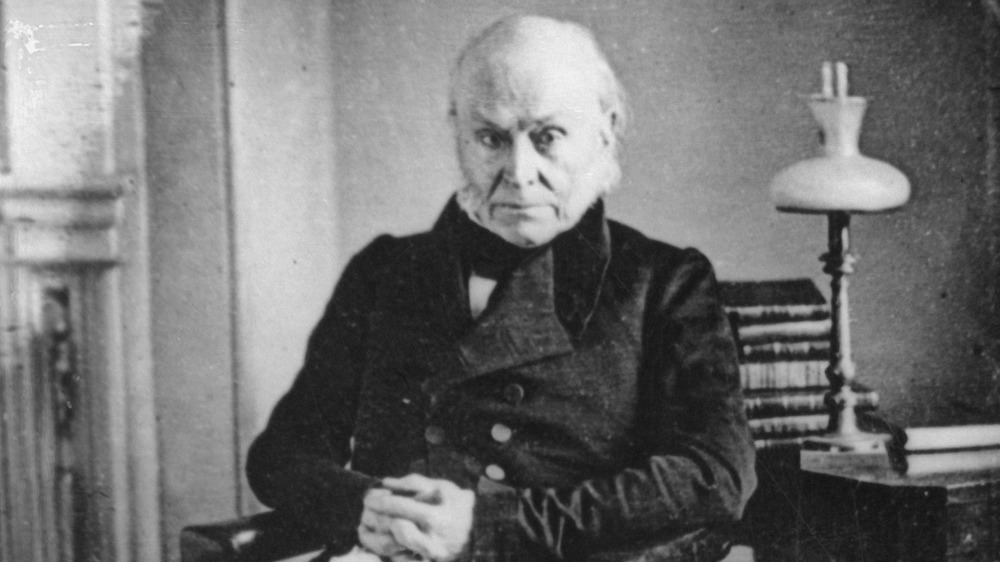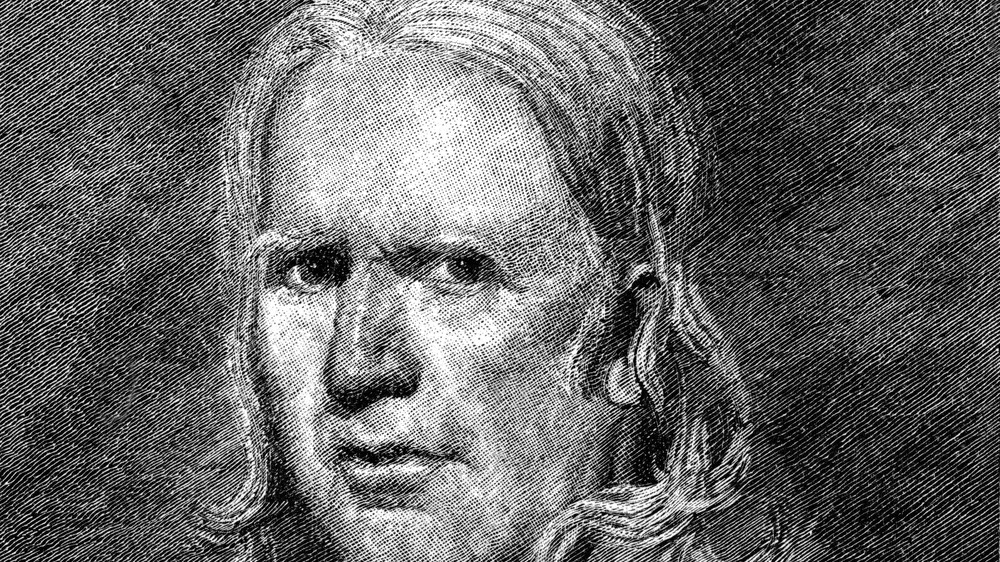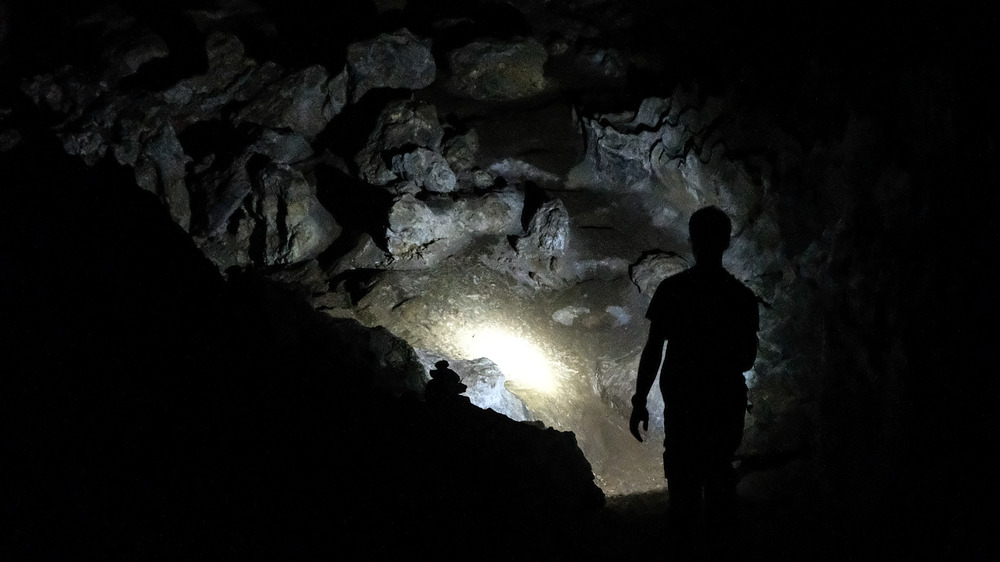The American President Who Believed Mole People Lived In The Earth's Core
America's sixth president, John Quincy Adams, was known for his intellectual mind and passion for science and exploration. During his presidency, explorers were charting the western frontier like never before, and revolutionary scientific findings were being examined and documented. While in office, President John Quincy Adams wanted to be a part of these exciting new discoveries.
Adams also subscribed to the Hollow Earth Theory, which was a somewhat common theory among academics in the early 19th century. It stated the earth was actually a hollow sphere, made up of a series of concentric layers. Adams also believed these underground layers were made inhabitable by a sun-like object in the earth's core, and each sphere actually housed underground communities of subterranean mole people, per History Daily.
President Adams had a kindred spirit in John Cleves Symmes, Jr., an army officer and amateur scientist with a taste for exploration. Symmes also believed in a hollow Earth, but he wasn't content to let it just be a theory. He wanted to lead an expedition to the center of the Earth and see it for himself.
'I ask one hundred brave companions...'
Throughout the 1820s, Symmes traveled the country, lecturing the public on his ideas, attempting to raise money and recruit fellow explorers for his mission. On April 10, 1818, he published a circular addressed to the men of Wilmington, Delaware, calling for like-minded individuals to join him, according to Slate. "TO ALL THE WORLD! I declare the earth is hollow, and habitable within; containing a number of concentrick spheres, one within the other, and that it is open at the poles 12 or 16 degrees; I pledge my life in support of this truth, and am ready to explore the hollow, if the world will support and aid me in the undertaking ... I ask one hundred brave companions, well equipped, to start from Siberia in the fall season, with Reindeer and slays, on the ice of the frozen sea," the circular read.
While his circular may have actually made him a laughingstock in many circles, he was able to swing the support of one important man: James McBride. A former surveyor, McBride had amassed a fortune in his lifetime, and was as rich as he was susceptible to outlandish scientific theories. According to Gizmodo, McBride was convinced by Symmes' ideas and wanted to make the expedition his new pet project.
Adams agreed to fund an exploration to the Earth's core
McBride brought Symmes to Washington, where the two lobbied Congress to fund their journey to the center of the Earth. Congress refused, but they got another very important and influential man on their side: the president of the United States.
The scientifically-minded Adams was intrigued by their proposal, and he agreed to fund an expedition into the Earth's core in his first term. Unfortunately, Adams ended up being only a one-term president. He was not able to secure the resources necessary to get the project off the ground before he was defeated by Andrew Jackson in the election of 1828. Jackson quickly put the kibosh on any plans to contact the mole people, and the expedition never happened.
For his part, Adams did contribute to scientific advancements in other ways during his presidency. Per Smithsonian Magazine, he helped found the Naval Observatory in Washington, D.C, and directed the funds that ultimately led to the establishment of the Smithsonian Institution.


